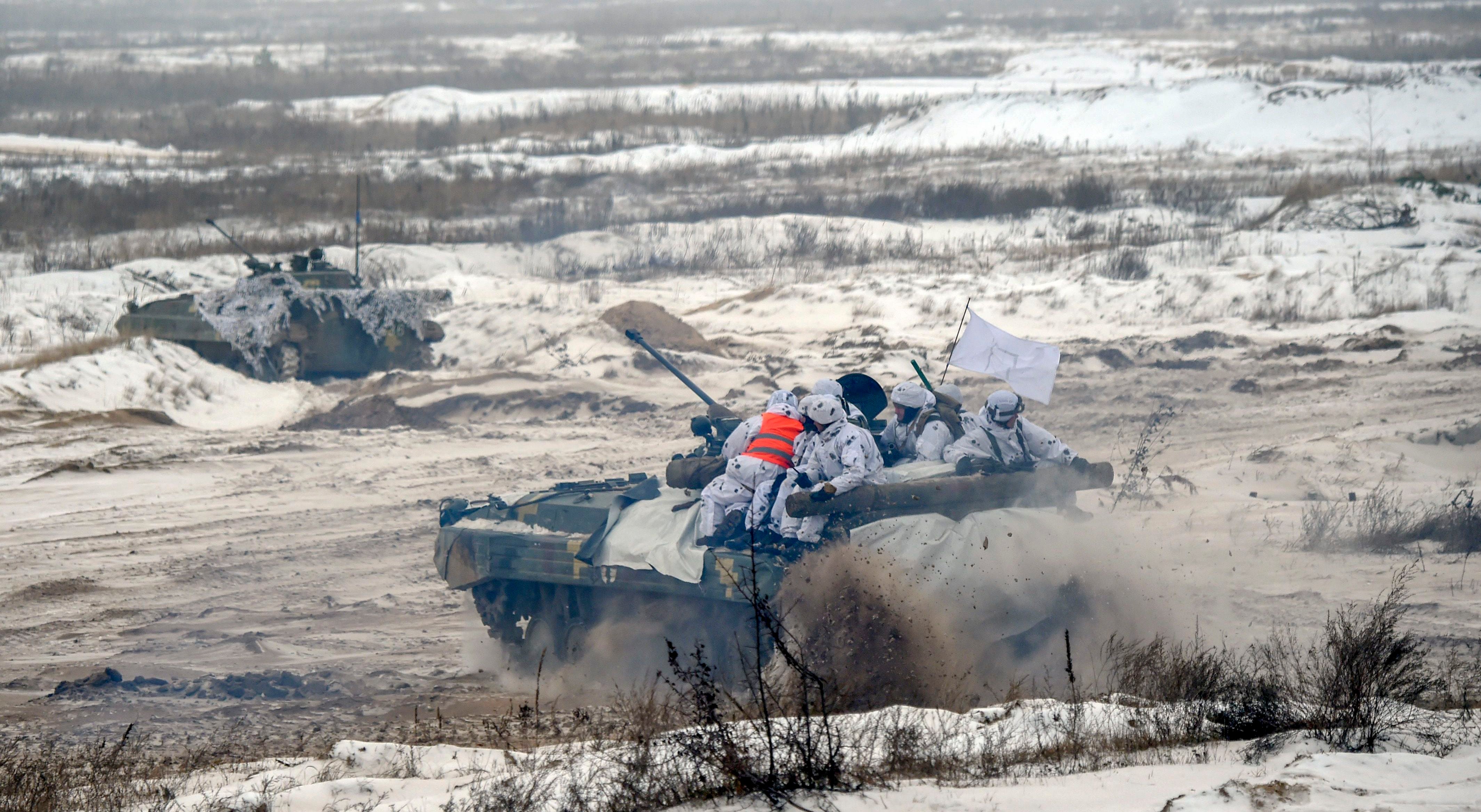Russian investments since 2000 into ground, missile, artillery and electronic warfare capabilities has modernized the Russian military into highly mobile force capable of capturing and holding territory in Europe, according to a RAND report.
The report titled “Trends in Russia’s Armed Forces” detailed that Russia’s experience fighting in Ukraine has shown the country’s ability to effectively employ battalion sized elements on the battlefield.
Russia’s operations in Syria have afforded it’s military valuable knowledge in expeditionary warfare, but the report cautioned that Russia’s military forces were more potent operating on the periphery of its border, and had yet to display the ability to conduct large scale division sized operations. Meanwhile, nearly two decades of fighting insurgencies has degraded the U.S. military’s ability to fight near-peer competitors, the report stated.
And it also warned that Russia’s modernization effort poses a serious challenge to U.S. and NATO forces in a conventional fight, and the alliance should continue to study and monitor trends in Russia’s growing military capabilities.
RELATED

“Of great concern to Russia’s neighbors and to NATO are Russia’s enhanced capabilities to invade and hold territory in neighboring countries on short notice,” the report reads.
“Russian capabilities have improved to the point that a hypothetical Russia strike against the Baltic states or other U.S. NATO allies would pose a serious challenge to NATO,” the report stated.
Key investments in lighter and more mobile armor, ground based missile and long range fire systems, and electronic war and cyber capabilities have turned the Russian military into a highly mobile unit in Europe capable of conducting “combined-arms maneuvers at the formation level” that “pose serious challenges to U.S. or NATO units in a conventional conflict,” the report said.
“In short, Russian Ground Forces place greater emphasis than NATO forces on ground-based fires, including at extended ranges,” the report said.
The report detailed that Russian tank, motorized rifle, and airborne units have opted to focus on mobility while sacrificing survivability on the battlefield.
Units fielding light armored personnel carriers or infantry fighting vehicles boast just enough armor “sufficient to repel small arms, but not much more,” the report explained.
While the vehicles are packing lighter armor, they “have excellent off-road mobility” and are “fully amphibious” and can be airdropped or in some cases internally transported by helicopter.
“Air defense, electronic warfare, and indirect fires capabilities stand out as the areas where the Russian military has emphasized both quality and quantity," the report reads.
Russia’s fight in Ukraine has been a litmus test for its modernization effort for the military.
Russia and Ukraine are currently engaged in a high-end fight involving electronic warfare, cyber and long range fires, while the U.S. and NATO watch from the bench.
The RAND report warned that the U.S. has dismantled many of the forces and tools needed for the near-peer fight in Europe as America has focused much of its attention on low-intensity conflicts in Afghanistan, Iraq and Africa.
“Russia has rotated over 30 Brigades and regiments through the Donbas in the last few years, and they have gained valuable combat experience,” retired Lt. Gen. Mark Hertling, the former commander of U.S. Army Europe, told Military Times in an emailed statement.
“And that is a different kind of experience than the US Army’s 31 Brigades have learned rotating through Iraq and Afghanistan over the last two decades,” he explained.
Donbas refers to the region and conflict in east Ukraine against Russian-backed separatists.
Speaking at a symposium for the Association of Old Crows — an electronic warfare nonprofit — Col. Ivan Pavlenko, deputy chief of combat support units of Joint Staff Armed Forces of Ukraine, told audience members Oct. 29 that Ukraine had lost nearly 100 drones to Russian electronic attacks on navigation systems through a tactic known as GPS spoofing.
Russia has also been “really effective” at finding and jamming Ukrainian counter artillery batteries, Pavlenko said. Russian forces will blind the radar systems and then shell Ukrainian forces, he explained.
Hertling said that Russia’s electronic warfare capabilties in Ukraine were interesting, but he explained that “indicators of improved Russian force mobility, siege warfare technique, artillery strike capability and use of proxy forces are things that we need to examine.”
“Increasing numbers of contract soldiers, a more professional NCO corps, improved training, more exercises and, increasingly, combat operations in Ukraine and Syria, have resulted in broad improvements to the quality of Russian units,” the Rand study reads.
Shawn Snow is the senior reporter for Marine Corps Times and a Marine Corps veteran.





